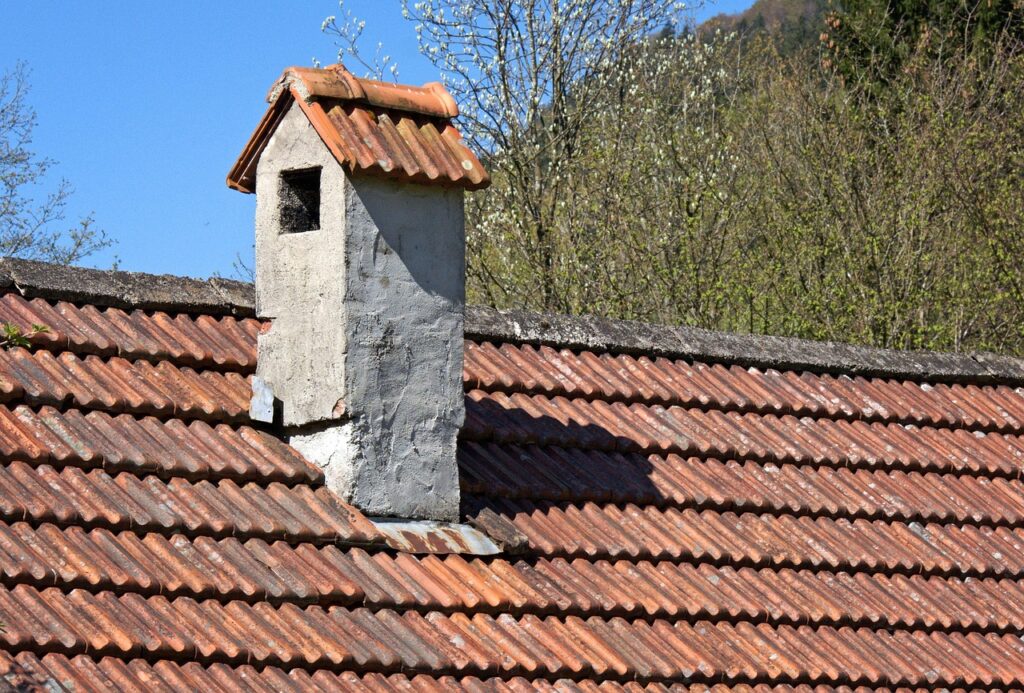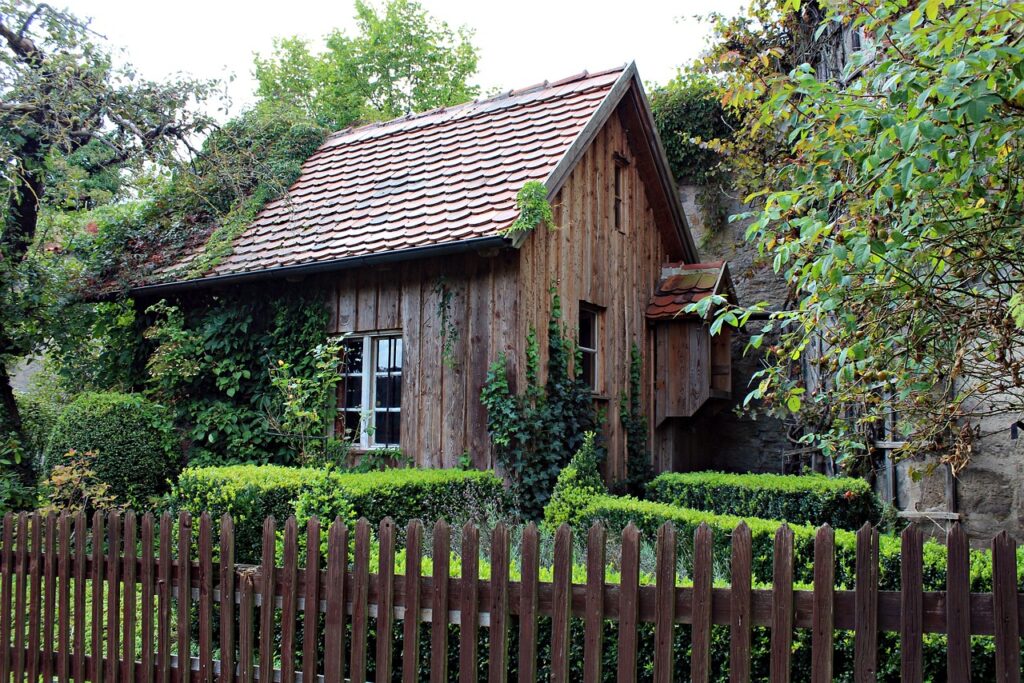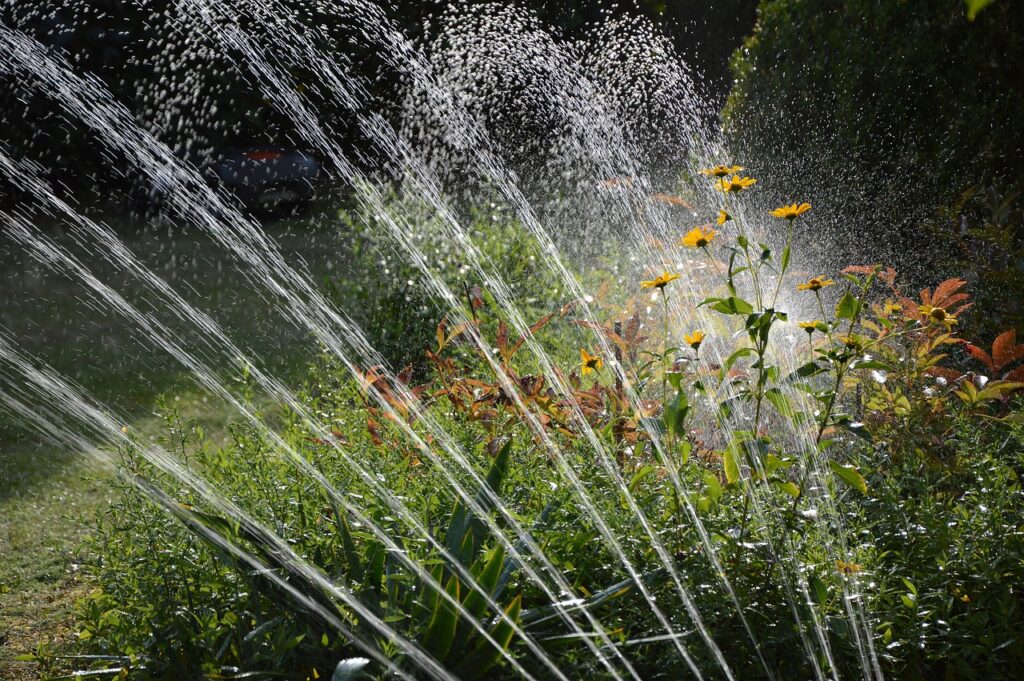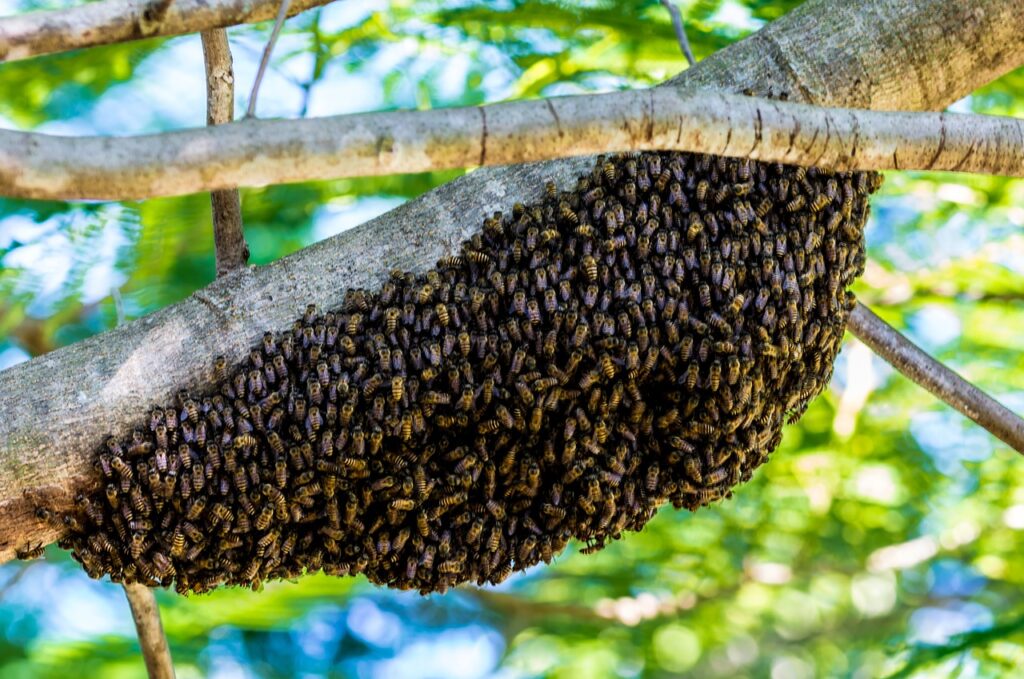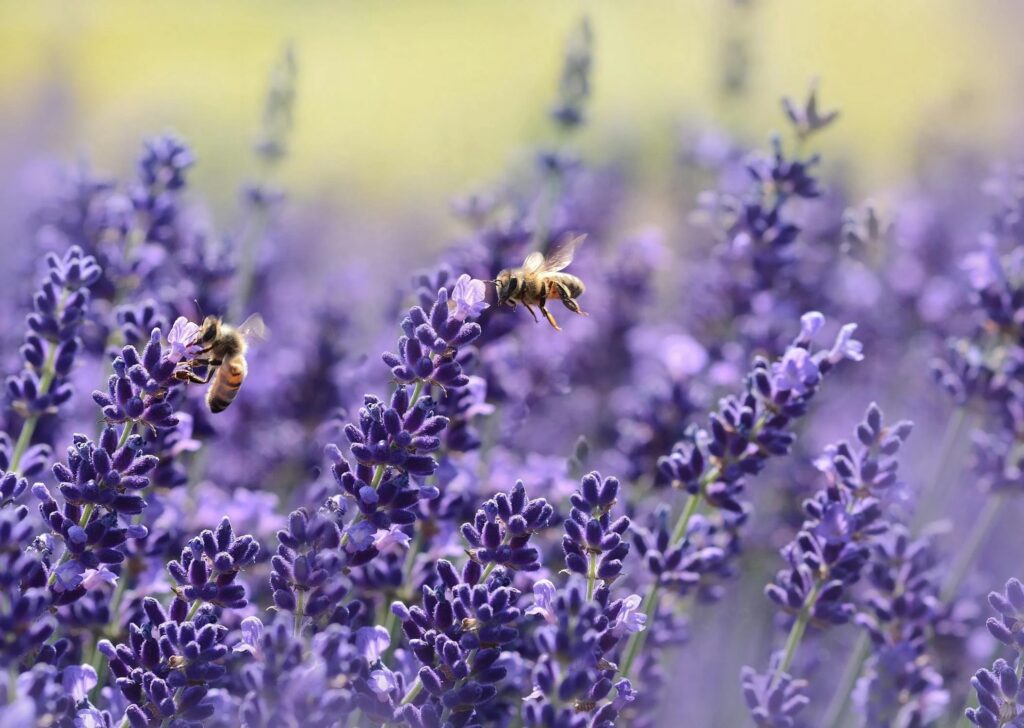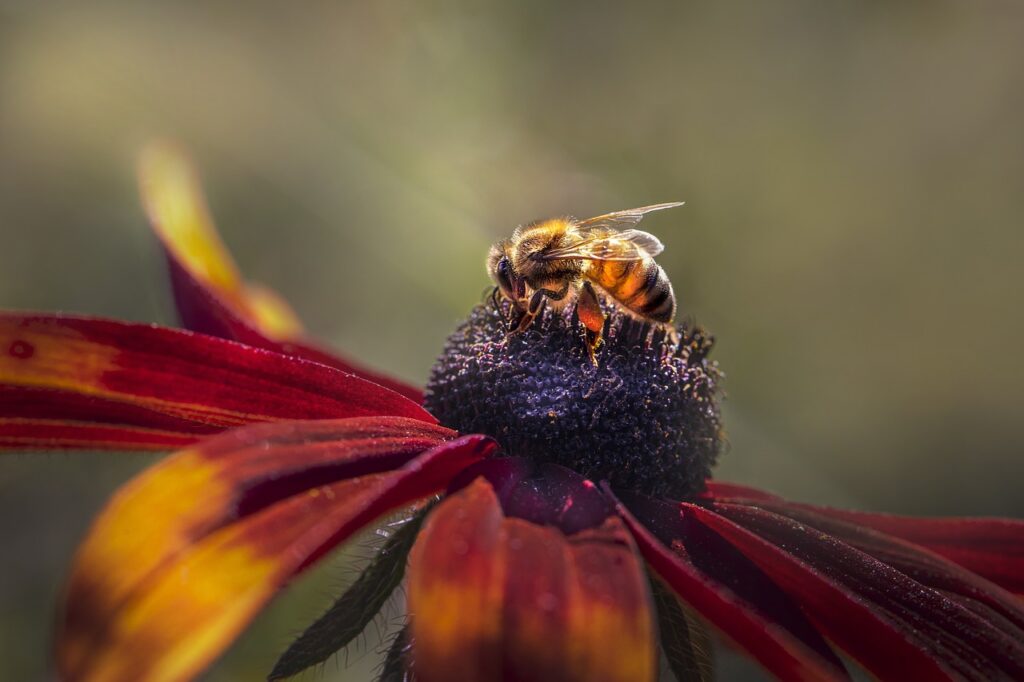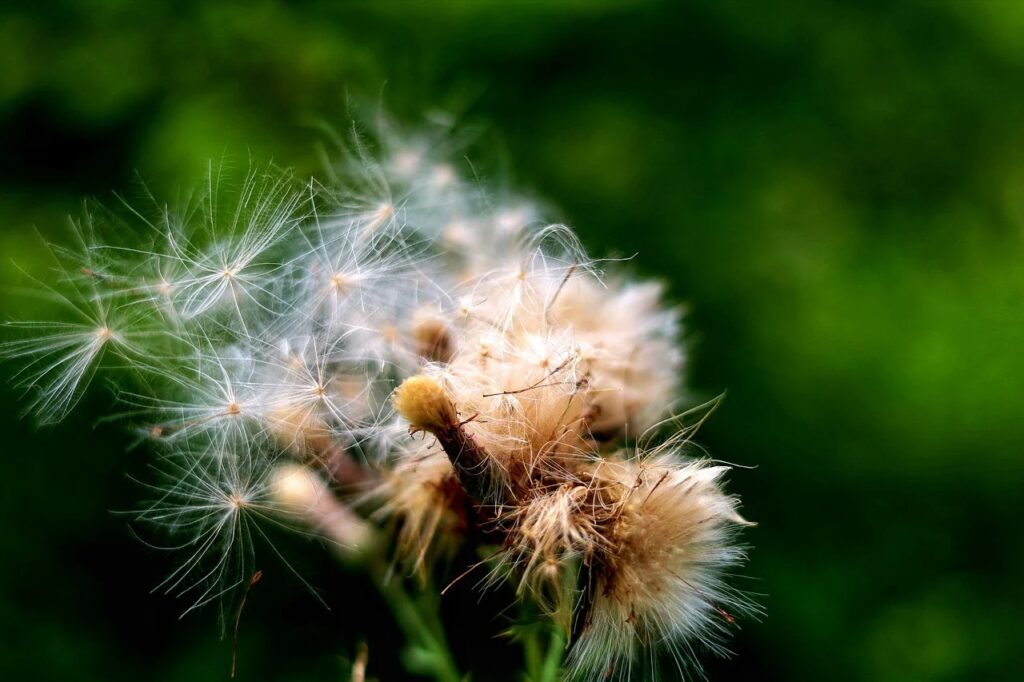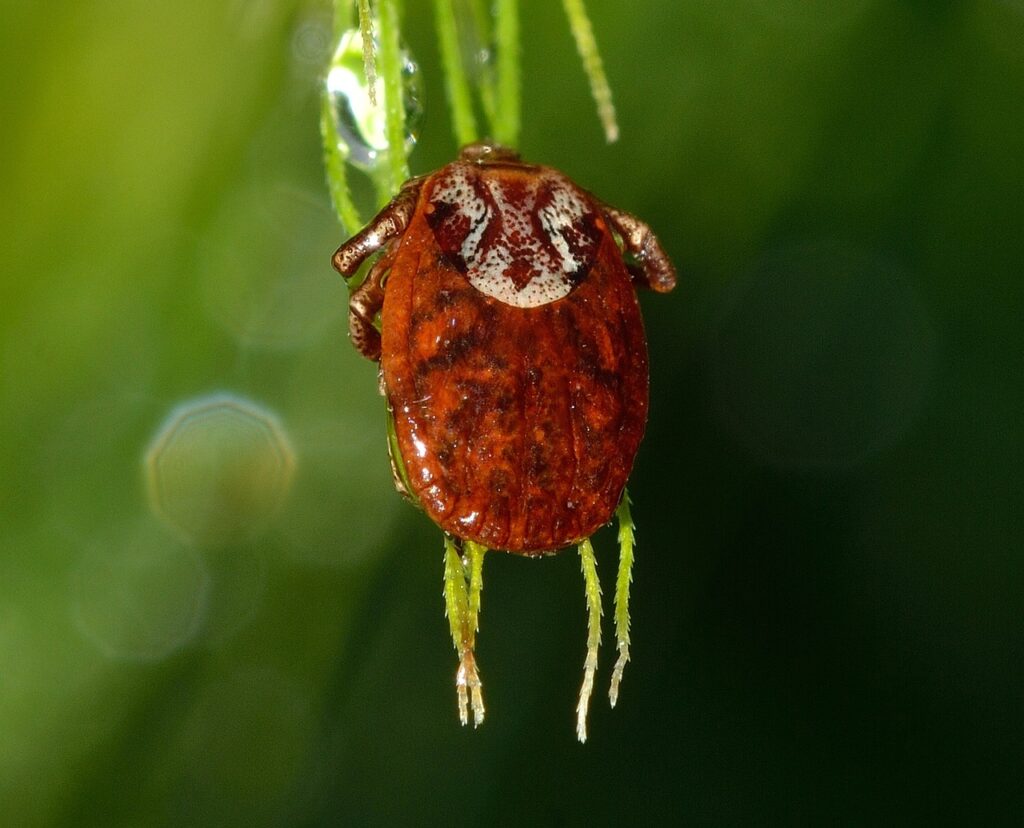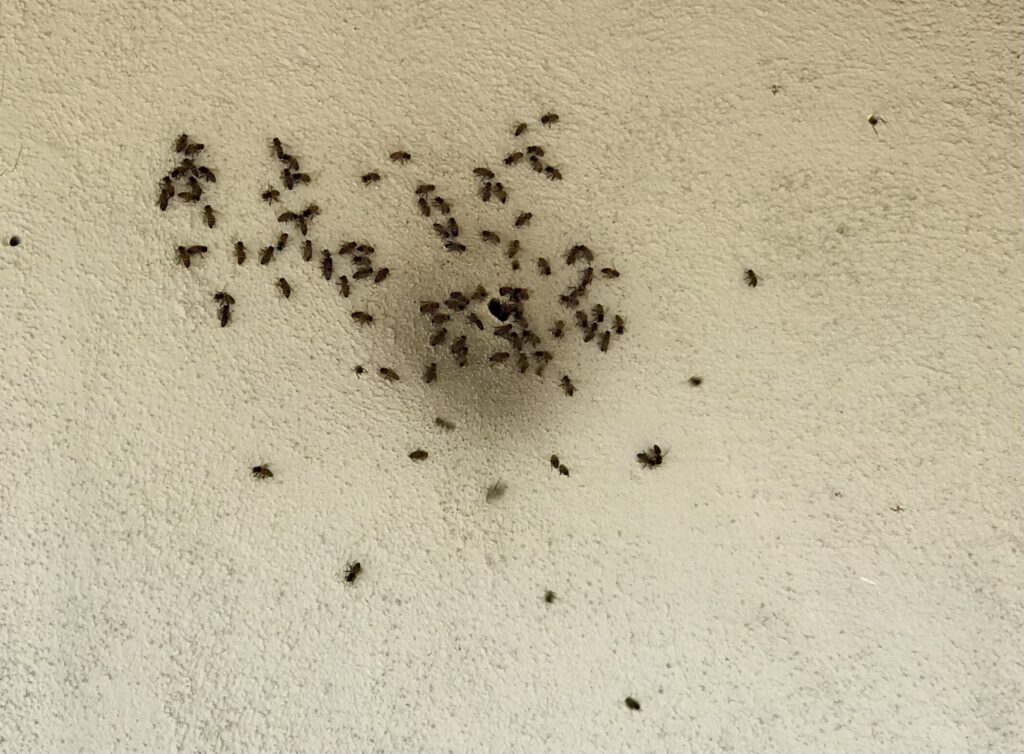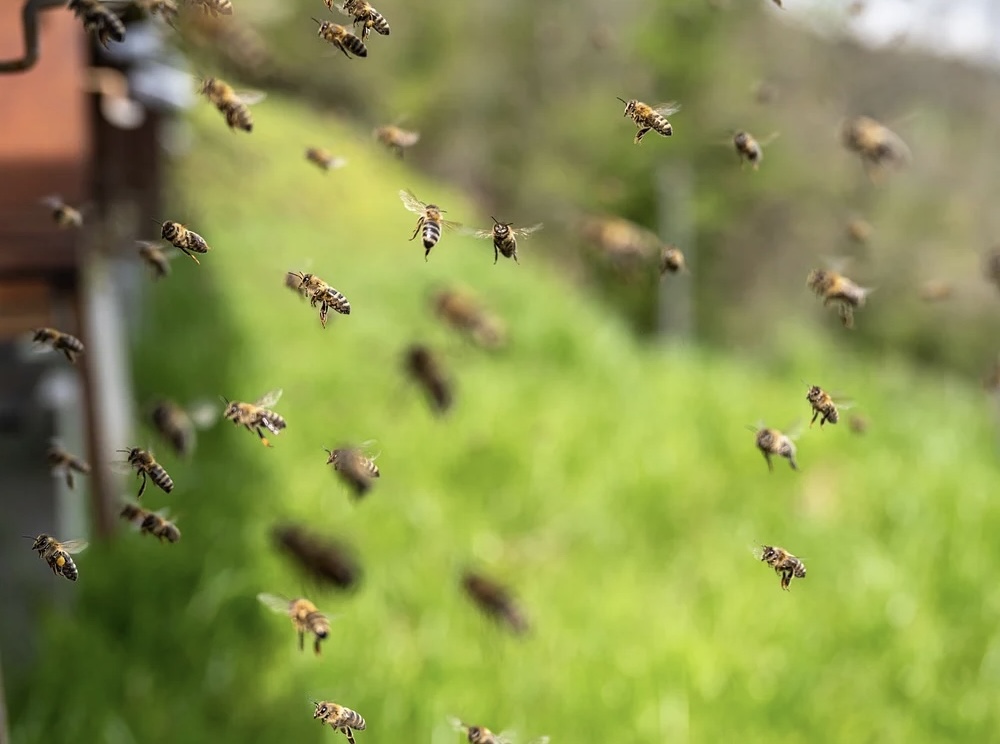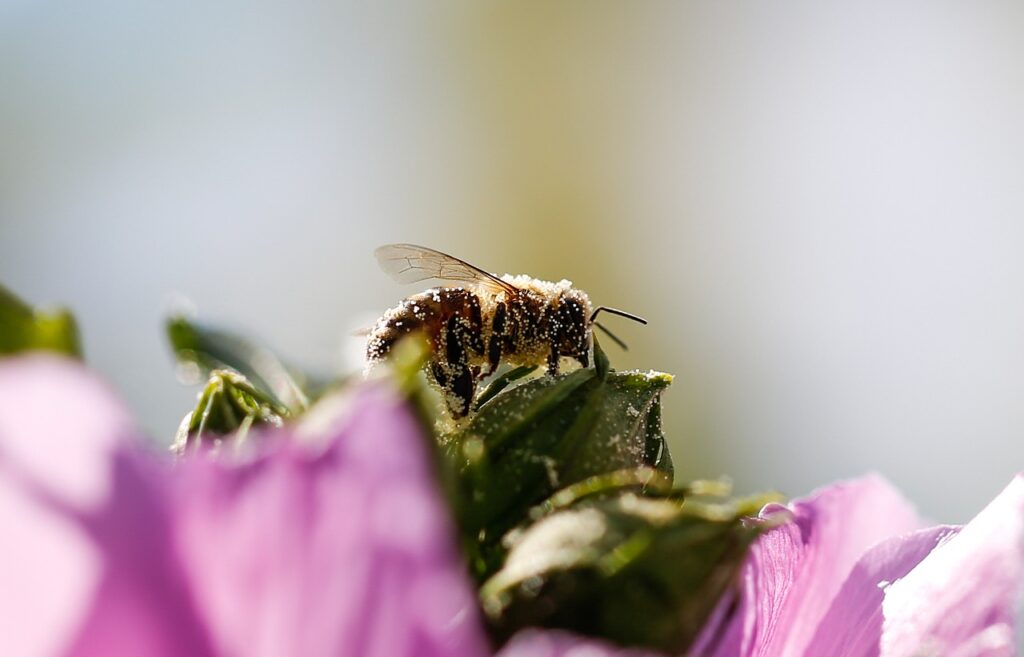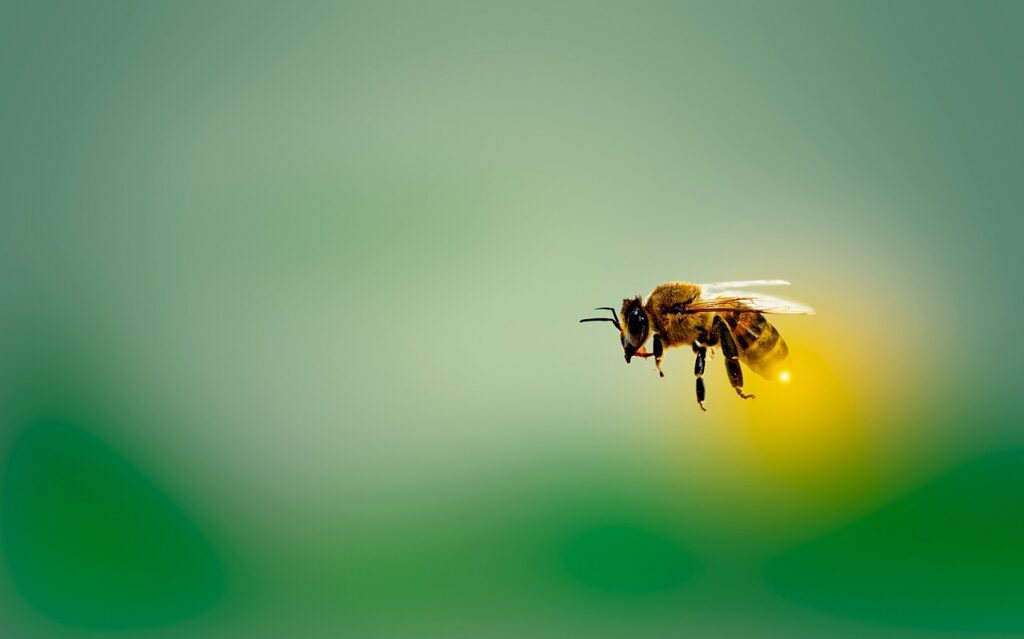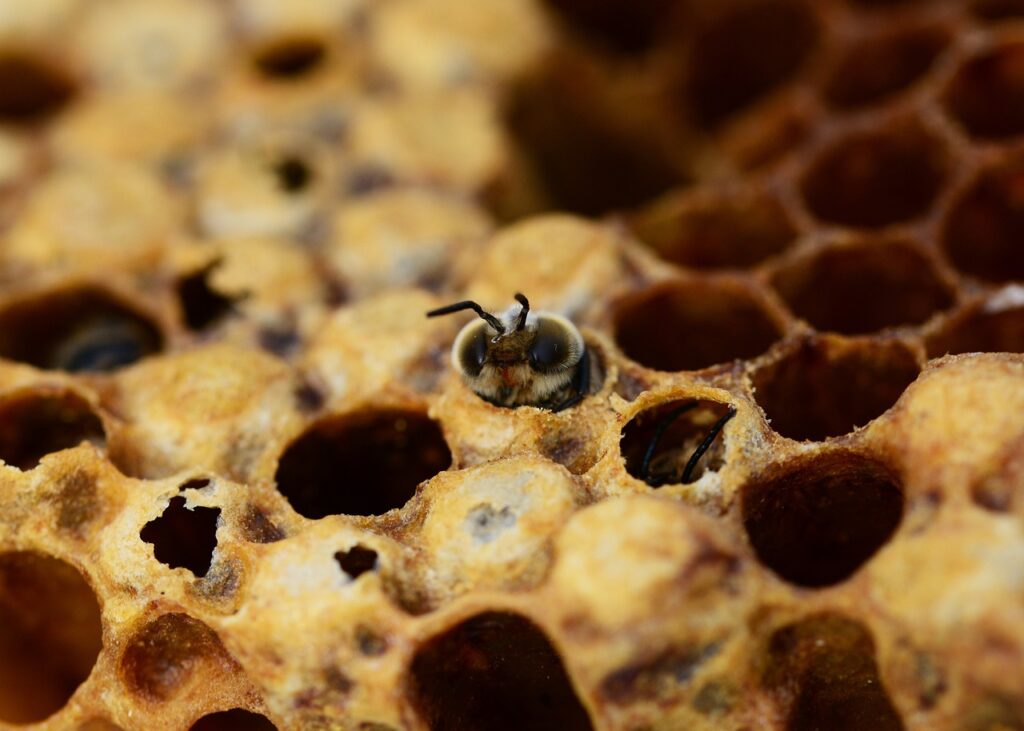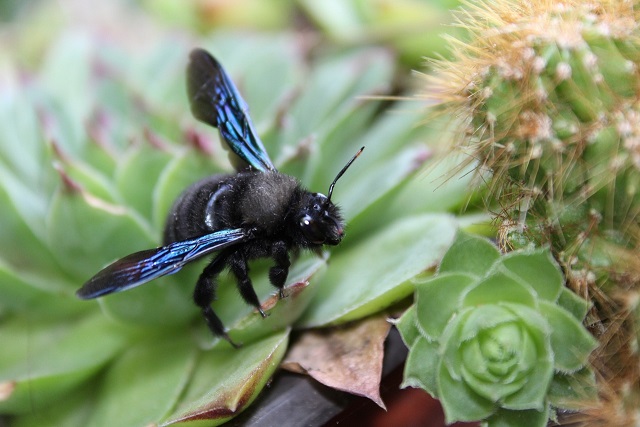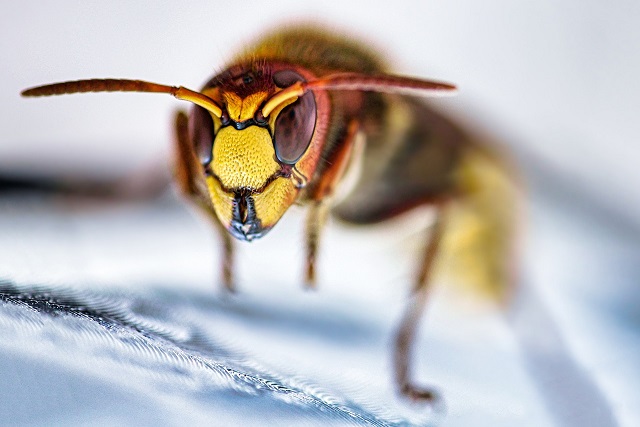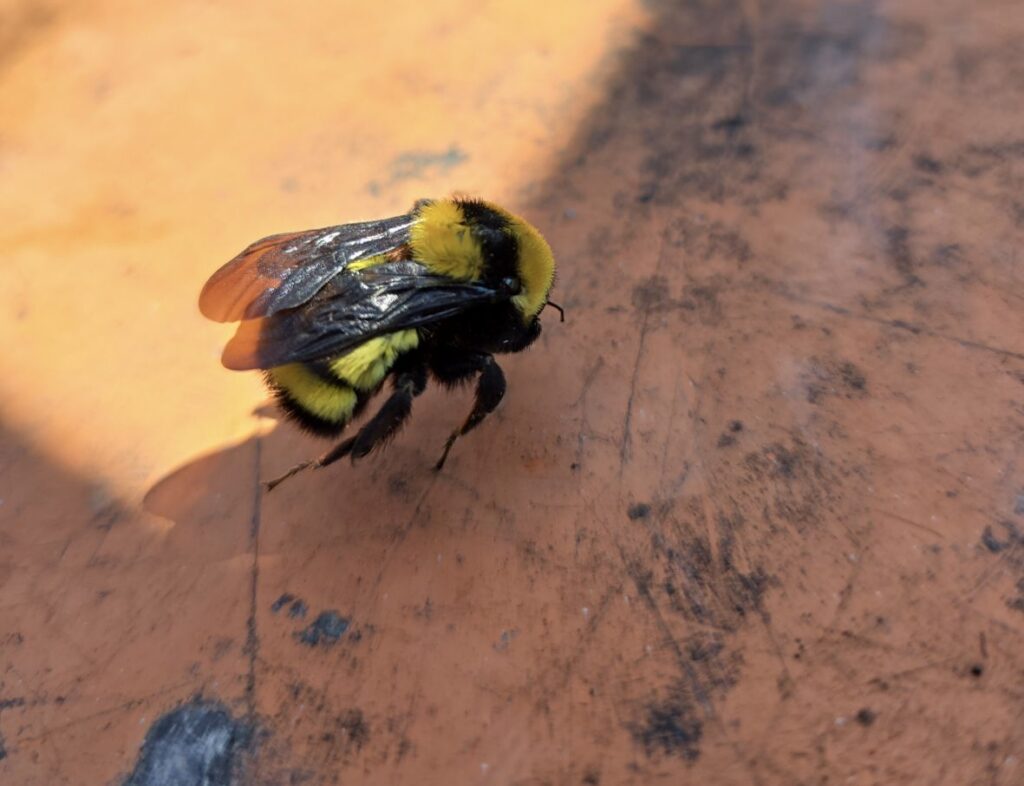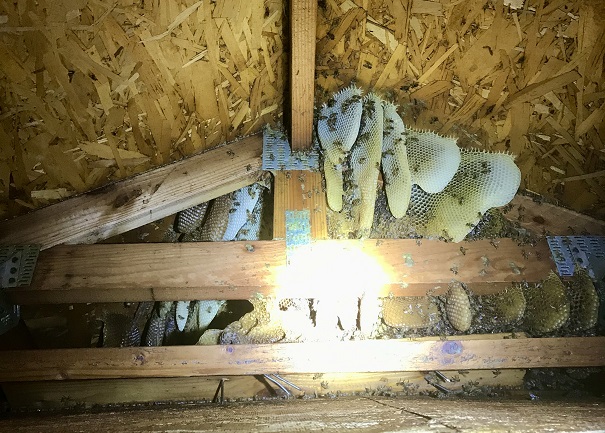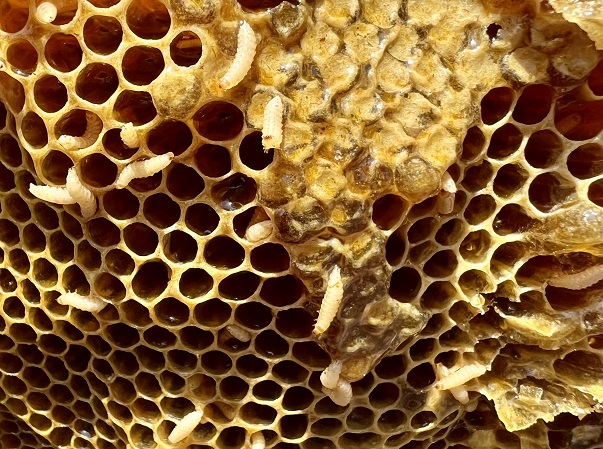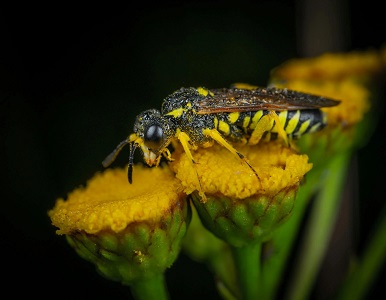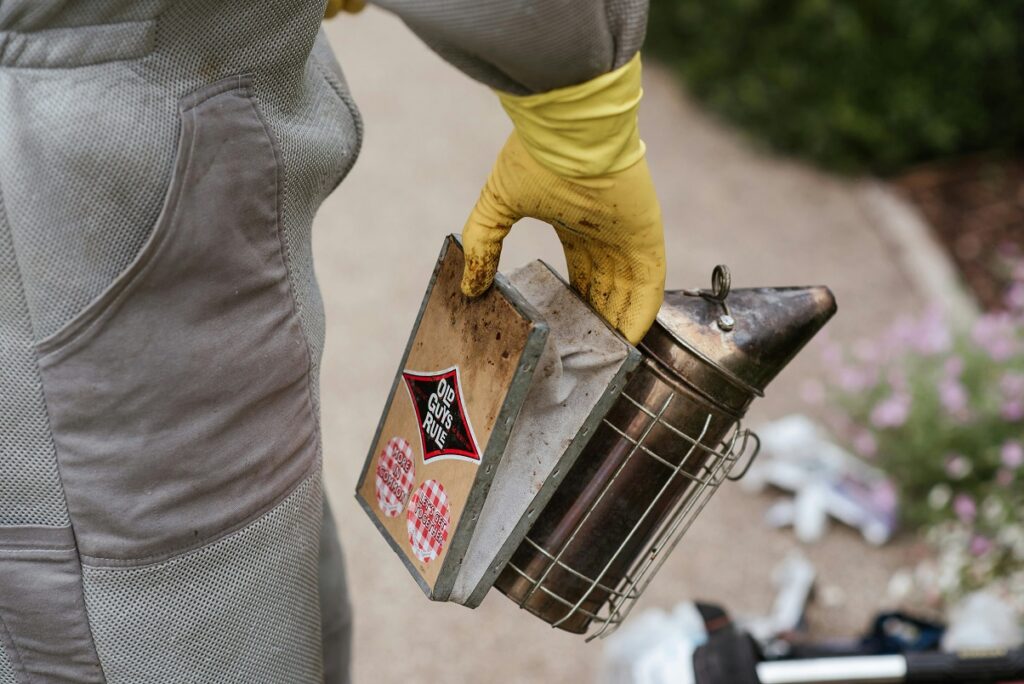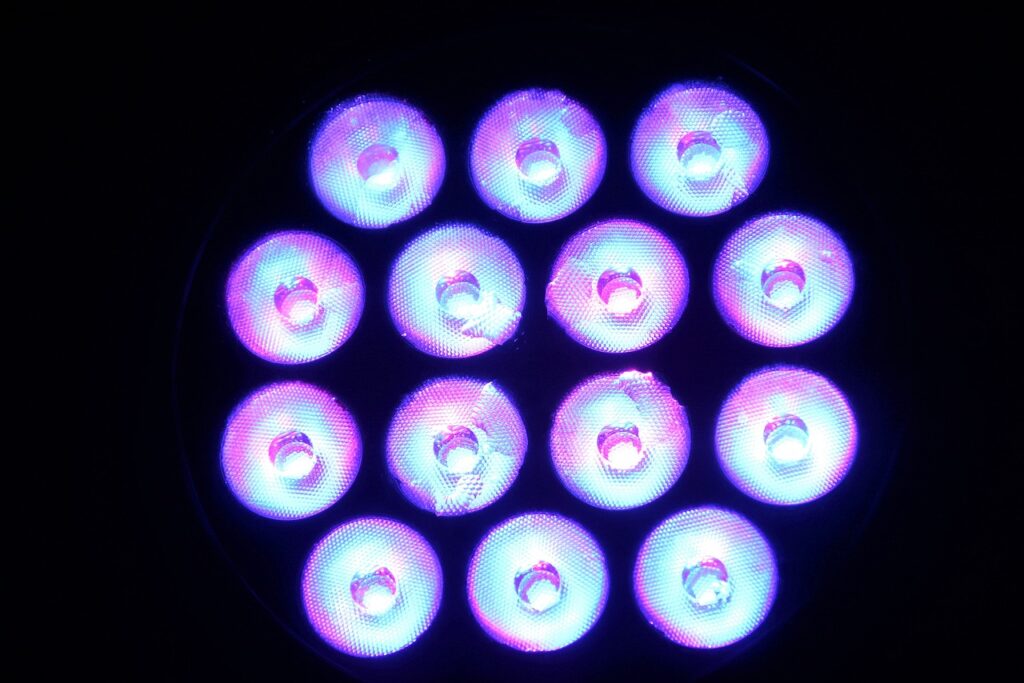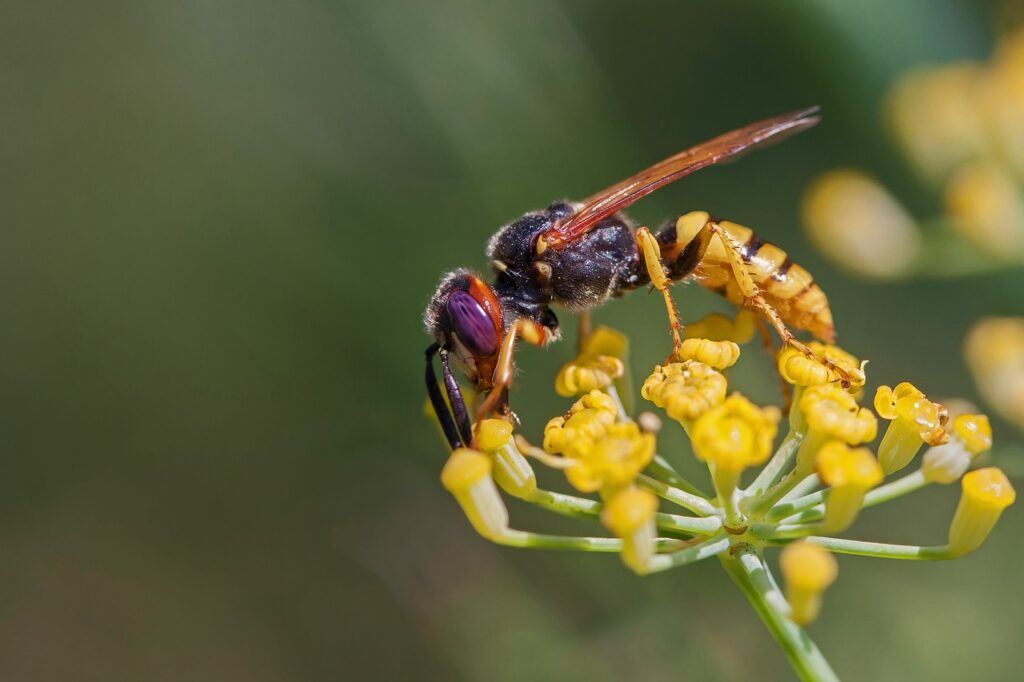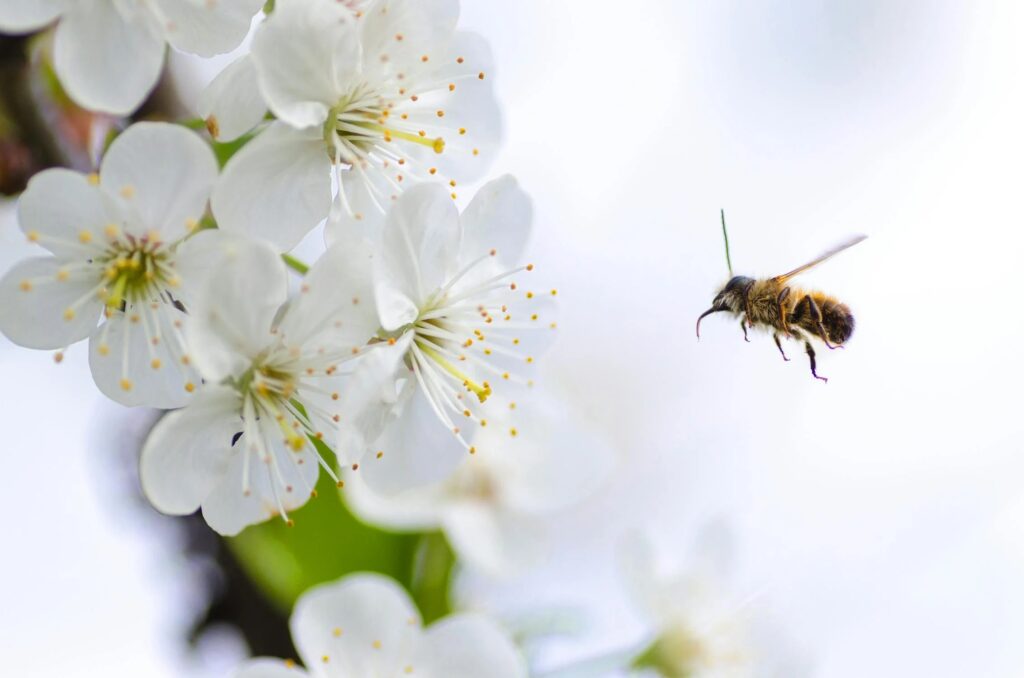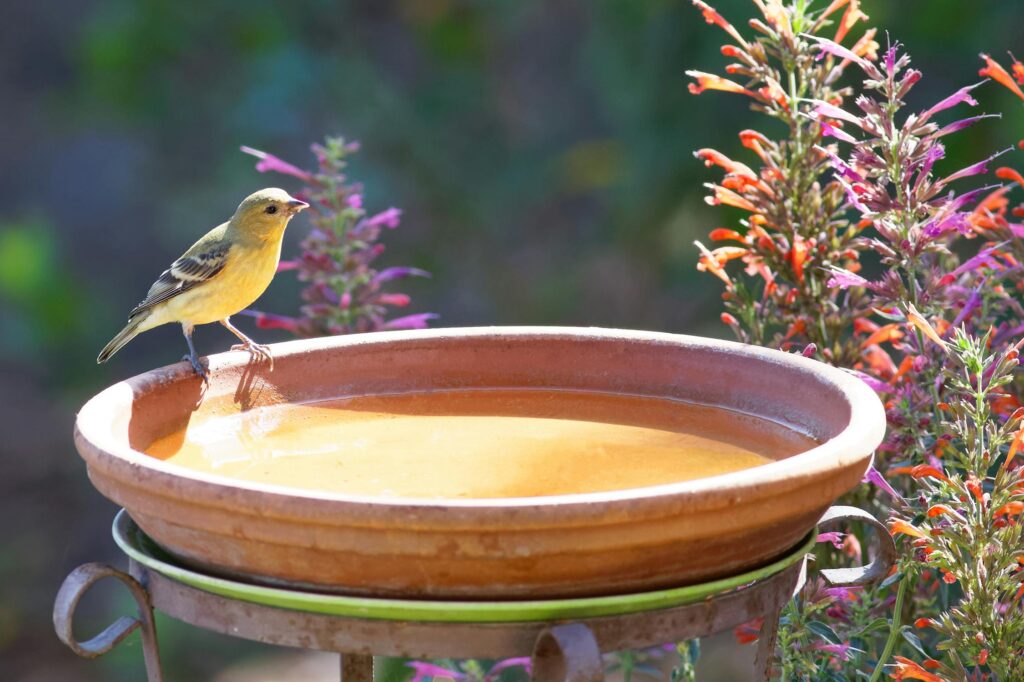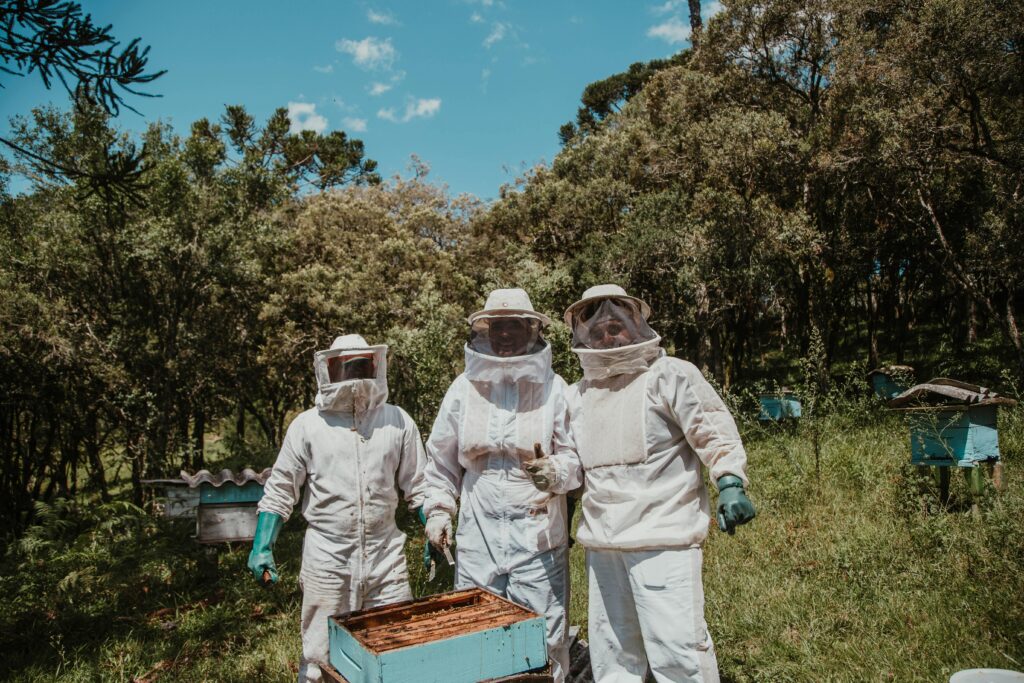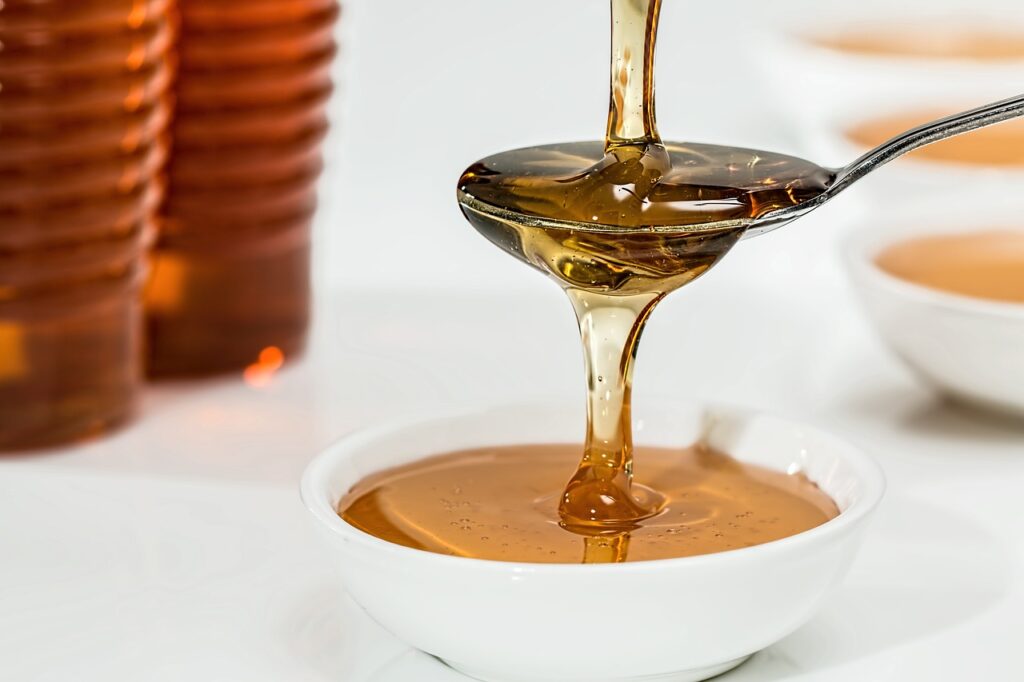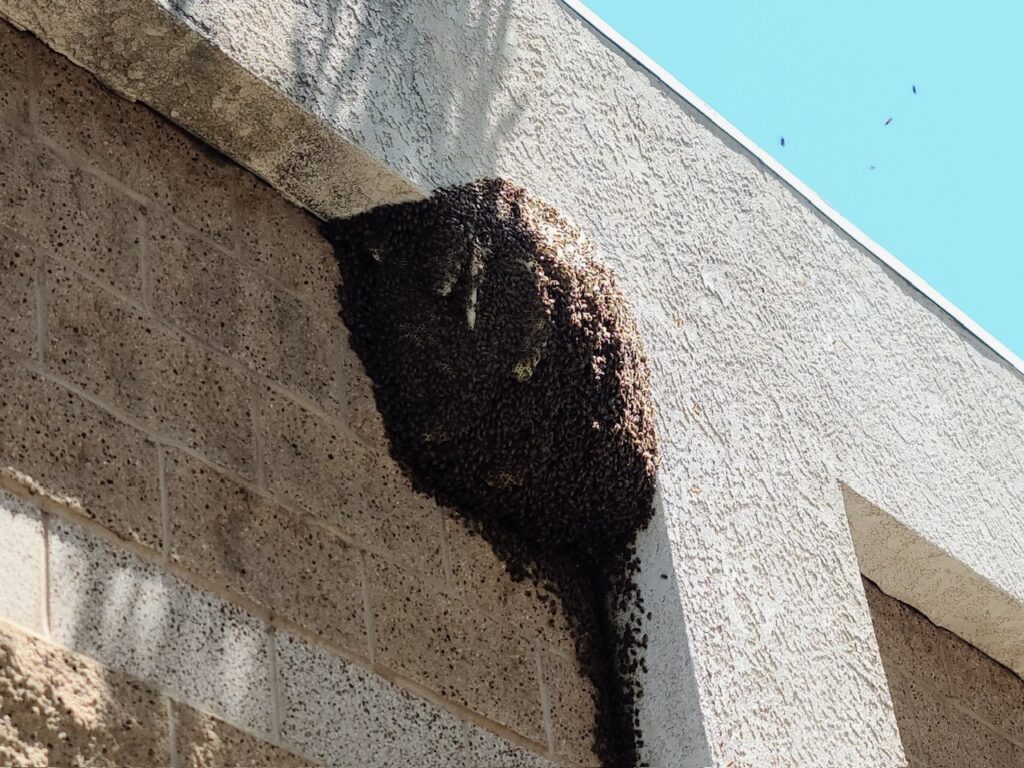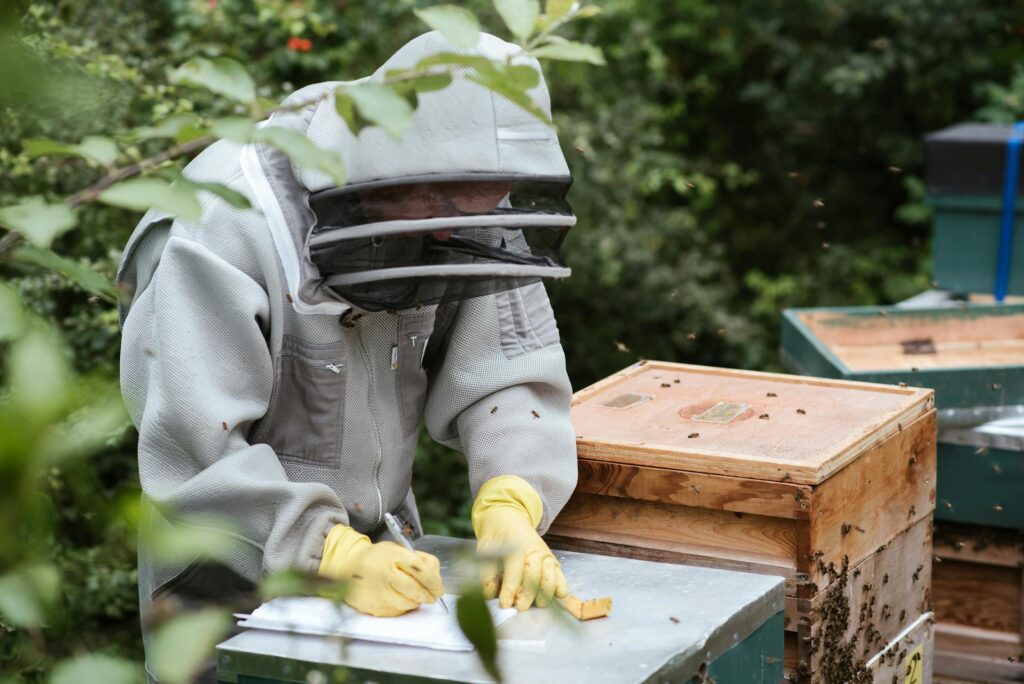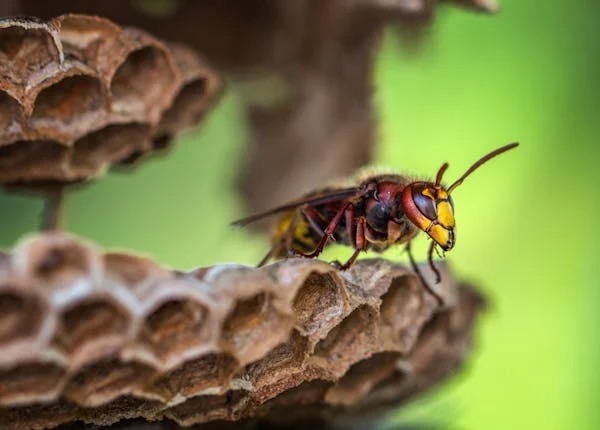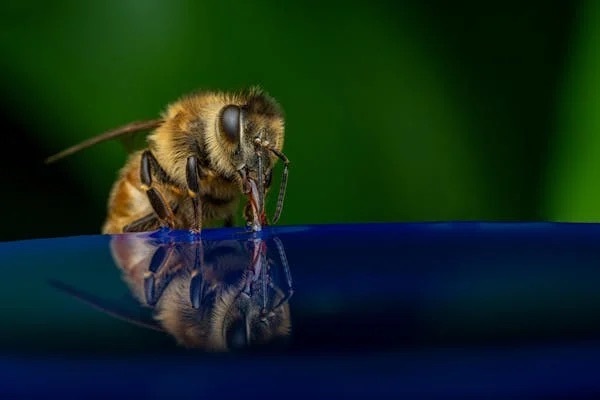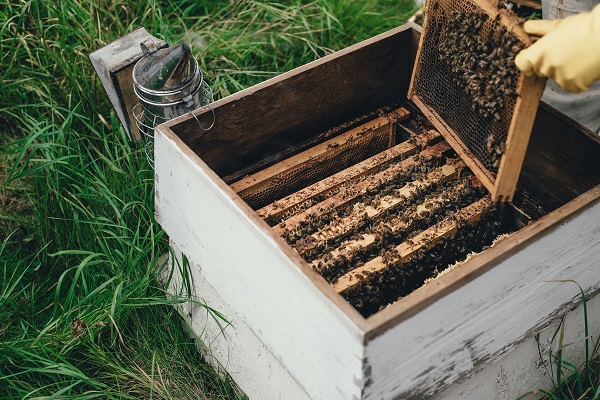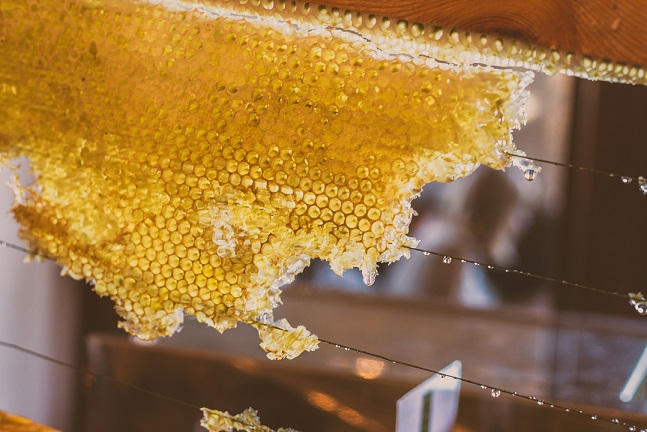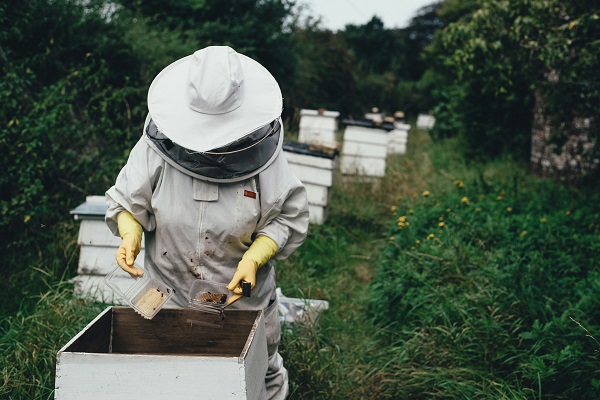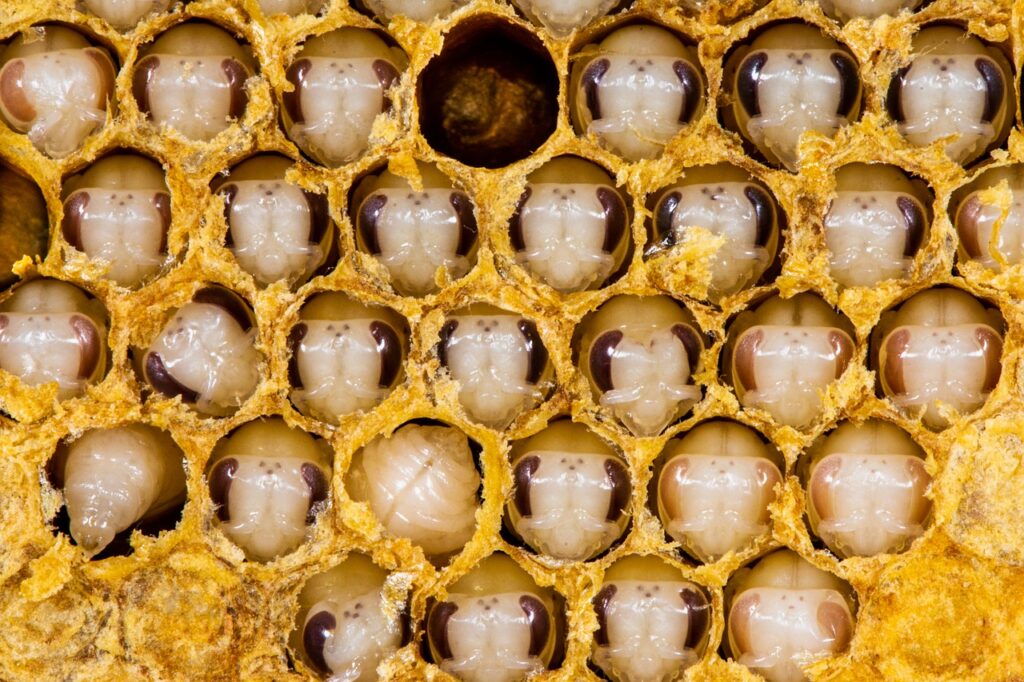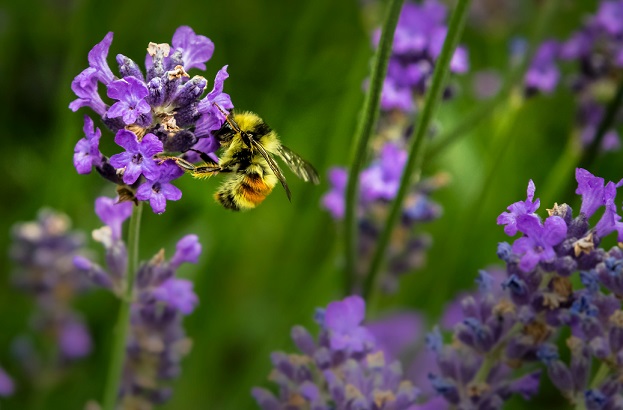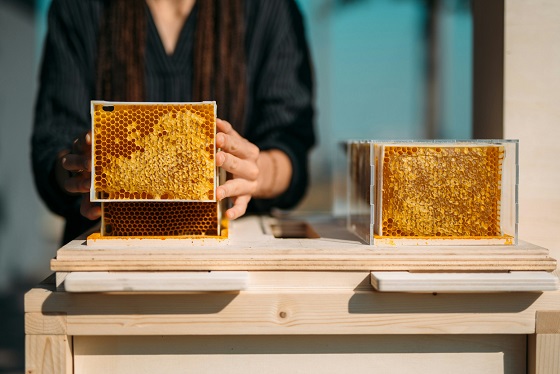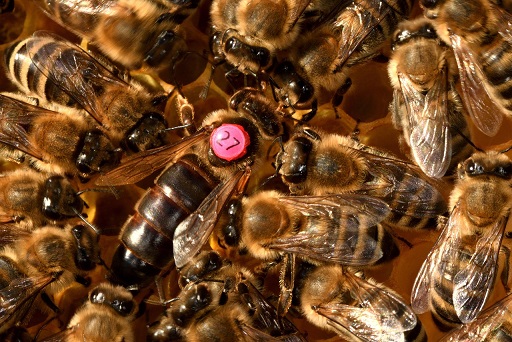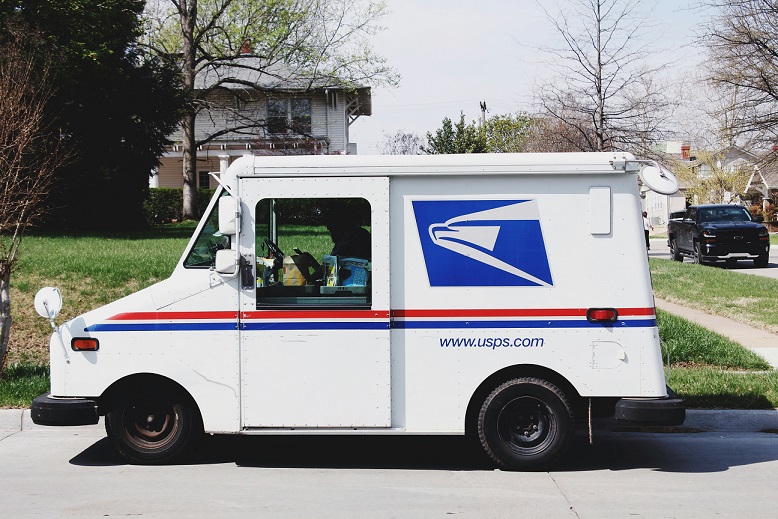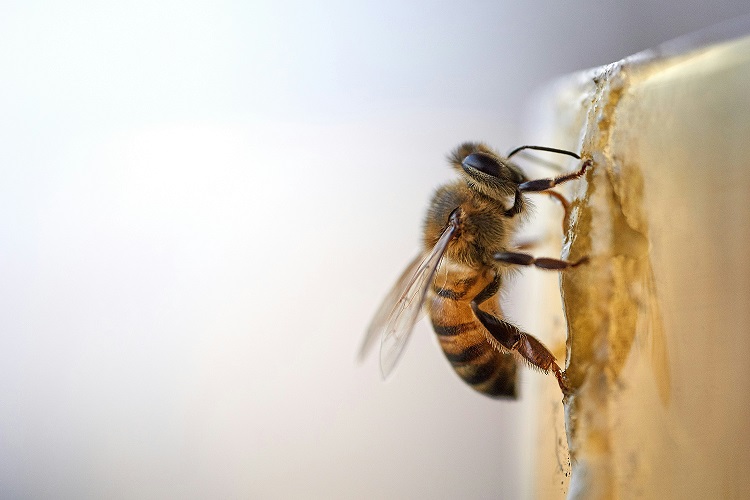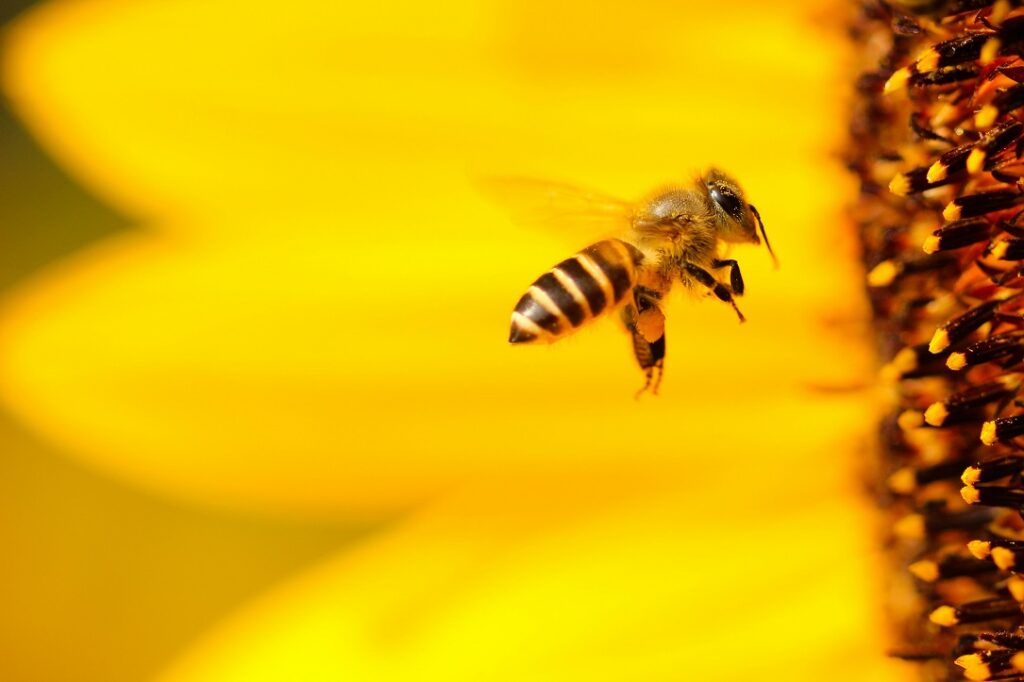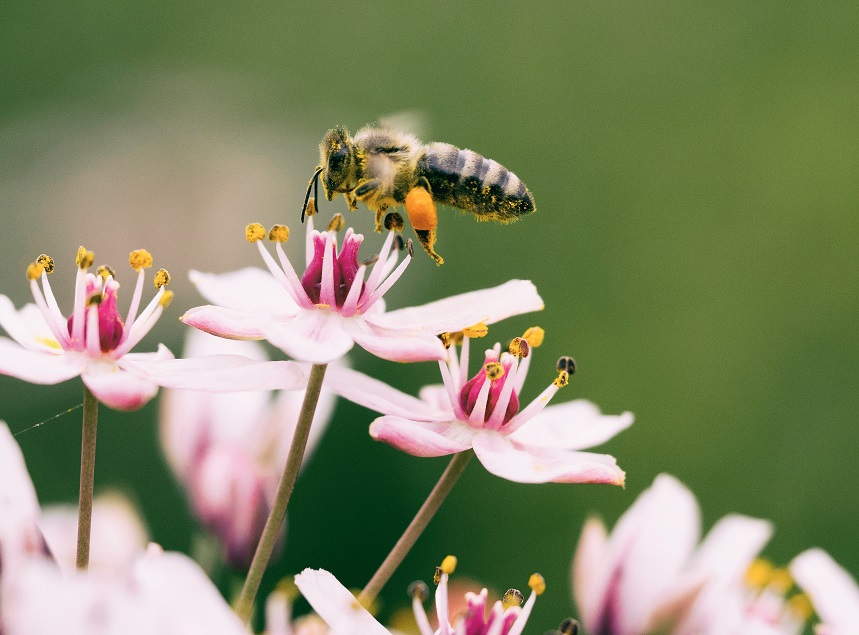Bee News
Spring Time Bee Swarm
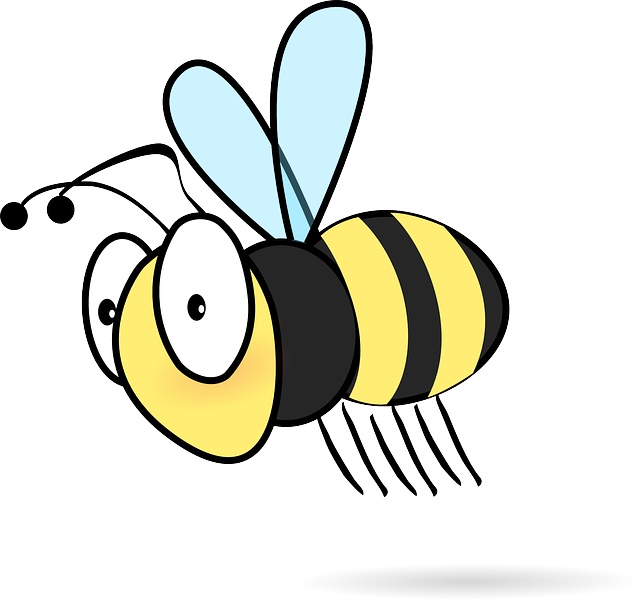


Witnessing a bee swarm clustered on a tree is a mesmerizing sight—one that captures the essence of nature’s intricate dance. As these bees embark on a journey, it’s important to remember that like us, bees too need time to rest during their migration. Understanding the behavior of bee swarms can guide us in making the right choices for coexisting harmoniously with these remarkable pollinators.
When you encounter a bee swarm, it’s crucial to resist the urge to intervene immediately. The sight of bees massing together may evoke concern, but it’s essential to recognize that a swarm does not automatically indicate the presence of a hive. Rather, bees gather in a swarm as a temporary measure to relocate to a new home collectively.
Contrary to popular belief, spraying water on a bee swarm is not a recommended solution. While it may seem like a harmless tactic to disperse the bees, spraying water can actually have the opposite effect—it can cause the bees to hunker down and stay longer in their clustered state. Bees, like all living beings, respond to their environment and altering it can disrupt their natural course.
Instead, it is advisable to exercise patience and allow the bee swarm to depart naturally. Typically, bees will relocate within 48-72 hours, en route to their new hive location. During this period, the bees are in a state of transition and rest, making it essential to respect their process and give them space to complete their journey seamlessly.
Just as we respect the importance of rest and rejuvenation in our own lives, bees, too, require time and tranquility to navigate their migration. By choosing to observe and wait patiently, we embrace a deeper understanding of these incredible creatures and foster a sense of harmony with nature’s rhythms.
Next time you encounter a bee swarm enveloping a tree, resist the impulse to disrupt their journey. Embrace the marvel of nature unfolding before you, and remember that sometimes, the greatest act of kindness is simply letting nature take its course. In the delicate balance of the natural world, patience emerges as a powerful tool for fostering an environment where both humans and bees can thrive together in harmony.
DO NOT SPRAY WATER ON A BEE SWARM!!!!
Spraying water on a bee swarm is generally considered a bad idea for several reasons:
1. Prolonged Stay: Spraying water on a bee swarm can actually cause the bees to stay longer in their clustered state. The water disrupts their environment and can lead the bees to hunker down and take longer to disperse. This goes against the natural process of bee swarms, which are temporary formations as bees relocate to a new hive location.
2. Agitation: Bees are highly sensitive to changes in their environment. Spraying water on them can agitate the bees and make them more defensive or aggressive, increasing the risk of stings. Agitated bees may perceive the water as a threat, leading to a heightened state of alertness and potential danger to humans nearby.
3. Disruption of Migration: Bee swarms are a natural phenomenon that plays a crucial role in the reproductive cycle of honeybee colonies. By spraying water on a bee swarm, you disrupt this migration process and potentially interfere with the bees’ ability to establish a new hive. This disruption can have negative consequences for the bees and impact their overall health and survival.
4. Environmental Impact: Using water unnecessarily, especially in large quantities to disperse bees, can have environmental repercussions. Wasting water in this manner is not eco-friendly and goes against efforts to conserve water resources, especially in regions facing water scarcity or drought conditions.
Overall, it is important to exercise caution and restraint when encountering a bee swarm. Instead of resorting to spraying water, it is recommended to wait patiently for the bees to leave naturally within 48-72 hours. Allowing the bees to complete their migration process without interference is a more sustainable and respectful approach to coexisting with these vital pollinators in our ecosystem.
Understanding Southern California 2 Springs
In California, bees experience two distinct blooming seasons each year, commonly referred to as two “springs.” This unique phenomenon is influenced by the diverse climate and ecosystem of the region, contributing to the bees’ foraging patterns and lifecycle. Let’s delve deeper into how these two springs impact the behavior of bees in California:
1. Early Spring: The first spring in California typically occurs in late winter to early spring, usually around February to April. During this period, as the weather begins to warm up, plants start blooming, providing bees with a rich abundance of nectar and pollen. This influx of resources stimulates an increase in bee activity, including foraging, pollination, and hive growth.
2. Late Spring/Early Summer: The second spring in California occurs in late spring to early summer, typically from May to July. This period represents a continuation of blooming season, with an assortment of flowers, trees, and crops in full bloom. Bees capitalize on this renewed abundance of flora, further enhancing their foraging efforts and reproductive activities.
The dual spring seasons in California play a significant role in sustaining bee populations and ecological balance. Bees rely on these blooming periods to collect essential resources for hive development, honey production, and pollination of plants, fruits, and crops. The availability of diverse nectar sources during both springs ensures that bees have ample nutrition to thrive and support their colonies.
